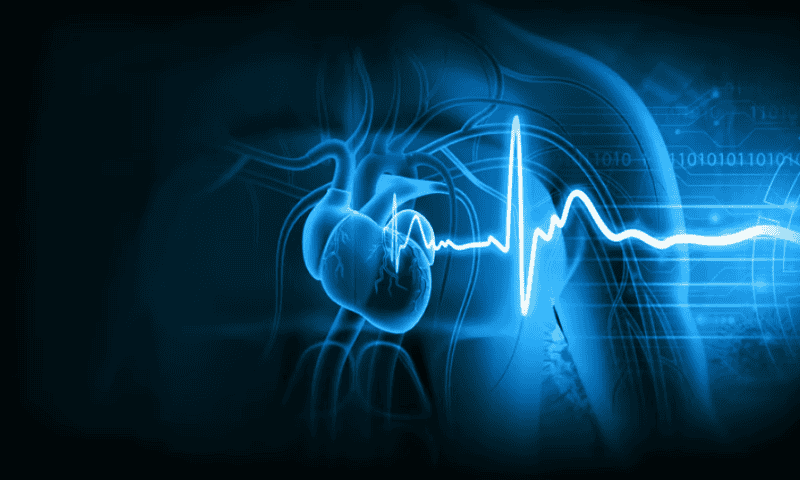Just a few weeks after Abbott presented the successful results of a trial of its Aveir DR dual-chamber leadless pacemaker system—data that it said had been promptly submitted for regulatory review—the company has secured FDA approval for the technology.
Like other leadless pacemakers before it, the Aveir DR implant offers an alternative to a standard pacemaker to help maintain a steady heart rhythm in people who experience irregular or slower-than-usual heartbeats. Not only are leadless pacemakers smaller than their predecessors but, as the name suggests, they also cut out the thin wires that connect traditional pacemakers from where they’re placed near the collarbone to the heart—leadless pacemakers are instead implanted directly into the heart.
Unlike the other leadless pacemakers that have so far been authorized by the FDA, however, Abbott’s newly approved system allows for two of the miniaturized implants to be used simultaneously. That allows it to better serve people who require pacing in two chambers of the heart, a group that makes up more than 80% of all people requiring pacemakers, according to Abbott.
With the FDA’s approval, which Abbott announced Wednesday, doctors will now be able to implant a pair of single-chamber devices and connect them using Abbott’s i2i communication technology. The Aveir DR system combines Abbott’s previously approved Aveir VR device, which is placed in the right ventricle—like other leadless pacemakers on the market—and the newly authorized, slightly smaller Aveir AR device, designed to help pace the right atrium.
Each of the pacemakers is smaller than a AAA battery, according to Abbott, and they’re each inserted into their respective chambers of the heart in minimally invasive procedures. The devices screw into the heart’s interior surface using a mechanism that, per their maker, allows for easy retrieval if replacement or removal is needed in the future.
Once the pacemakers are in place, the i2i technology uses high-frequency pulses to send beat-to-beat information through the blood between the pair of devices, allowing them to conduct either totally synchronized pacing or another coordinated rhythm.
“Leadless pacemakers have been limited to a single-chamber device because seamless, wireless synchronization of two pacemakers has been an insurmountable engineering challenge—until now,” Randel Woodgrift, senior vice president of Abbott’s cardiac rhythm management business, said in the announcement.
In study results presented at the Heart Rhythm Society’s annual meeting in May, Abbott reported that the Aveir DR system had met all of its safety and efficacy endpoints across the first 300 participants in a clinical trial.
Not only were more than 98% of the implants successful, but almost as many participants, 97%, achieved atrioventricular synchrony—in which the upper and lower chambers of the heart both beat normally—within the first three months of implantation. Additionally, per Abbott, they were able to sustain that synchrony as they changed postures and walking speeds, with a success rate of around 95%.

